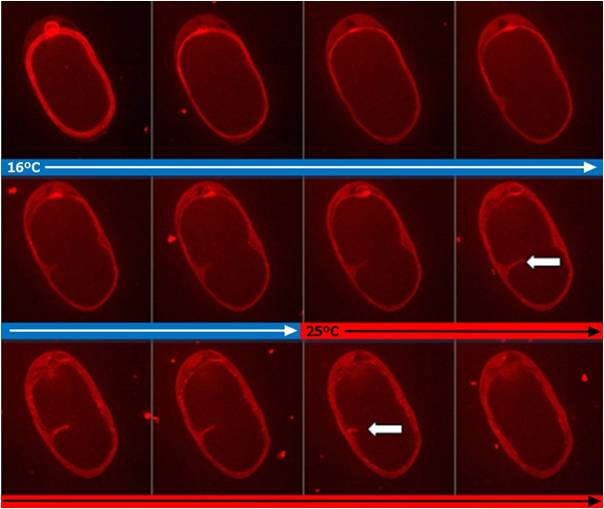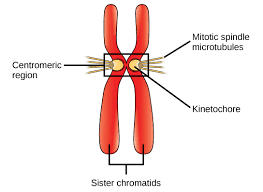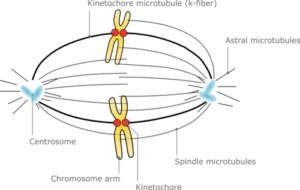This application note shows how cytokinesis can be perturbed using CherryTemp, by a rapid temperature shift of a C. elegans CYK-4 thermosensitive mutant.
Cytokinesis and cleavage furrow formation
Cytokinesis is the process during the eukaryotic cell cycle in which the cytoplasm divides to give rise to two daughter cells. Cytokinesis starts with the formation of the cleavage furrow. Next, ingression of the cleavage furrow gives rise to the actin-myosin contractile ring which by the end of cytokinesis cleaves the cytoplasm in two. A key step in cytokinesis is the formation of the central spindle, a microtubule structure which allows for proper segregation of chromosomes in the two daughter cells. Formation of the central spindle has a role in cleavage furrow formation in some animal species but not all.
In C. elegans, CYK4 is a RhoA GTPase activating protein required for the completion of cytokinesis but has no role in cleavage furrow formation or in initiating ingression. CYK-4 thermosensitive mutants at restrictive temperature (over 25°C) caninitiate but fail to complete cytokinesis.
C. elegans temperature-sensitive mutants
C. elegans CYK-4 thermosensitive mutantembryos were examined under the microscope. Temperature was controlled with the CherryTemptemperature control system. This system allowed to selectively shift temperature from 16°C to 25°C resulting in cytokinesis block. Embryos were maintained at the permissive temperature (16°C, blue bar). Cytokinesis initiation can be observed by the formation of the cleavage furrow (white arrow). After 4min, embryoswere shifted to 25°C (red bar), thus CYK-4 was inactivated and cytokinesis arrested. Retraction of the cleavage furrow is observed upon CYK-4 inactivation (white arrow).
Ultra fast temperature shift device for in vitro experiments under microscopy
Courtesy of Julien Dumont (Dumont lab, Institut Jacques Monod, France)

References
- D’Alvino et al. J.CellSci 2005 118: 1549-1558; doi: 10.1242/jcs.02335
- Zhuravlev et al.MolBiol Cell. 2017 May 1;28(9):1258-1270. doi: 10.1091/mbc.E17-01-0020. Epub 2017 Mar 15
- Basant A., Glotzer M. F1000Res. 2017 Oct 2;6:1788. doi: 10.12688/f1000research.12064.1. eCollection 2017.



